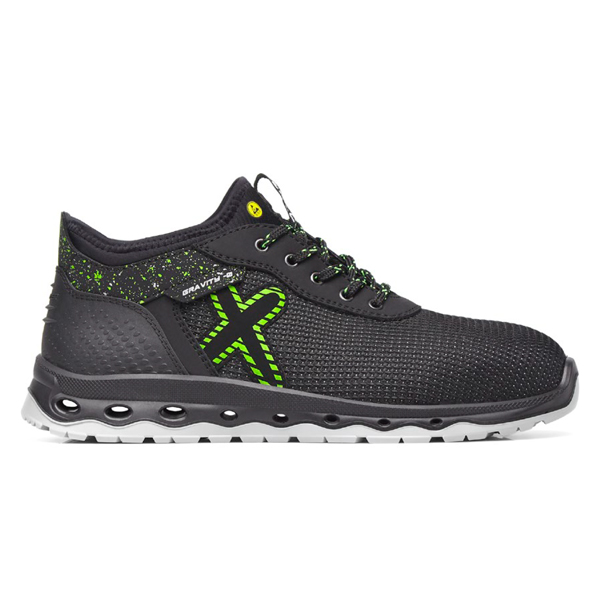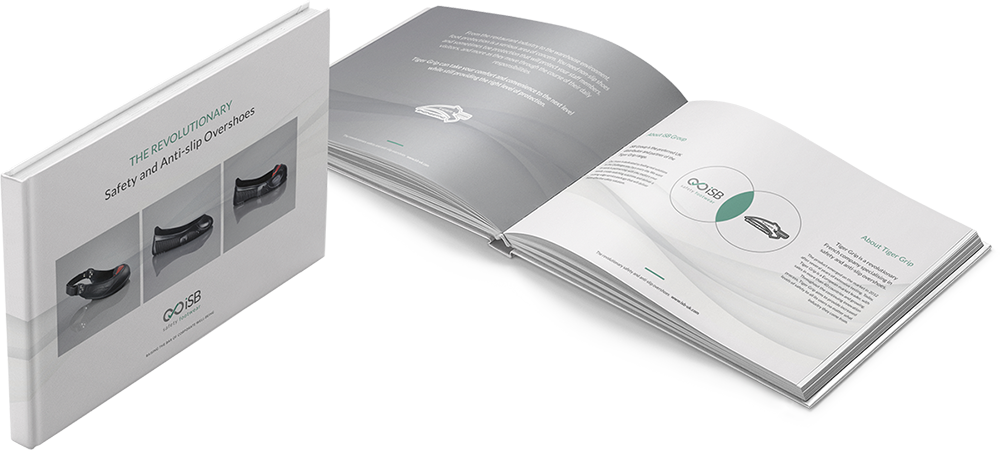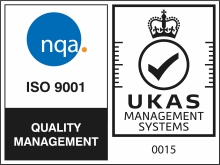
What are musculoskeletal disorders, and what steps can you take as an employer to protect your workforce? Andrew Grinnell, Director at iSB Group, explains all…
Musculoskeletal disorders are a costly business. First, there’s the cost to the individual in terms of the negative impact on their quality of life and the potential to exacerbate or lead to other health conditions. Then, there’s the cost to the NHS, to the tune of billions of pounds in treatment and ongoing care for these individuals. Finally, there’s the cost to business in terms of lost productivity and legal claims.
And yet, these painful conditions caused by repetitive movements or sudden physical exertion can be avoided. All that is needed is investment in appropriate workwear and some simple employee education.
What are musculoskeletal disorders?
Musculoskeletal disorders (MSDs) are injuries or pain in the musculoskeletal system, which includes the joints, ligaments, muscles, nerves, tendons and structures that support the neck, back, shoulders, arms, legs, feet and hands.
They can be caused by:
- sudden physical exertion (such as lifting a heavy object)
- repeating the same motions day-in, day-out
- poor posture
- repeated exposure to force or vibration.
Musculoskeletal disorders are a particular risk in logistics and warehousing, and on production lines, due to the physical demands of many of the roles being performed.
Avoiding musculoskeletal disorders: how can you protect your workforce?
I should stress that we are not medical professionals. If you or one of your employees experiences persistent pain at work, you should consult a doctor. But there are some simple steps employers can take to help prevent their employees developing a musculoskeletal disorder as a result of their work. These include:
- understanding the job at hand
- understanding footwear and what it is designed to do
- investing in appropriate workwear
- educating individuals and teams.
Protect your workforce #1 – Understand the job at hand
The first step to protecting your workforce against musculoskeletal disorders is to understand the physical nature of the different roles people perform in your business. What sort of movements are required to perform different tasks, and which areas of the body do these impact? Can any high exertion movements be avoided or lessened with the help of additional workplace equipment or PPE such as lifting aids, back supports and compression shirts? Can you reduce the repetitive nature of any of the tasks?
Find out more: Check out the HSE’s toolkit for assessing workplace MSD risk
Protect your workforce #2 – Understand footwear and what it is designed to do
Once you know where your risks lie, and have done all you can to minimise them through workplace and work design, it’s time to get to grips with what kind of footwear will provide the best support for the movements your employees do every day.
There are so many different types and specifications of safety footwear, and some will be better for certain requirements than others. As well as adhering to different safety standards, they will have different levels of cushioning, flexibility, robustness and rebound, which can help protect your employees in their various movements.
For example, people in roles that require standing for long periods of time would benefit from more cushioning in the sole to prevent back ache and knee pain, while those walking around constantly should have some rebound to absorb energy and prevent jarring.
Protect your workforce #3 – Invest in appropriate workwear
Investing in good quality workwear is really important when it comes to reducing the risk of your employees developing musculoskeletal disorders. When it comes to safety footwear – as with all PPE – you really do get what you pay for. More expensive products are made with better quality materials, such as denser foam cushioning and more technical sole units that will hold better shape and offer more support. We also offer workwear that is more supportive, helping workers retain a healthy posture throughout the working day.
Providing higher quality or more technical products may mean paying more at the outset, but this is always worthwhile when you consider the investment you are making to protect your business against lost productivity and the potential for legal claims.
Protect your workforce #4 – Educate individuals and teams
Finally, it’s all very well you doing everything you can to protect your employees at work, but safety is a two-way street. Ensure your workers understand the importance of looking after their health and wellbeing by adhering to safe practice, taking regular breaks, and consciously moving in a different way to the norm. Educate them on the risks specific to their work, the steps you have taken to protect them, and what they can do to support this.
For more information about how we excel in the 3PL and fulfilment industry, visit our solutions page here.
You Might Like...
 1
1
Gravity Jupiter Safety Trainers- E3200
Ultra resistant textile TECNO-TEXT upper
 2
2
Gravity Jupiter Safety Trainers- E3200
Ultra resistant textile TECNO-TEXT upper
 3
3
Gravity Jupiter Safety Trainers- E3200
Ultra resistant textile TECNO-TEXT upper
 4
4
Gravity Jupiter Safety Trainers- E3200
Ultra resistant textile TECNO-TEXT upper

















